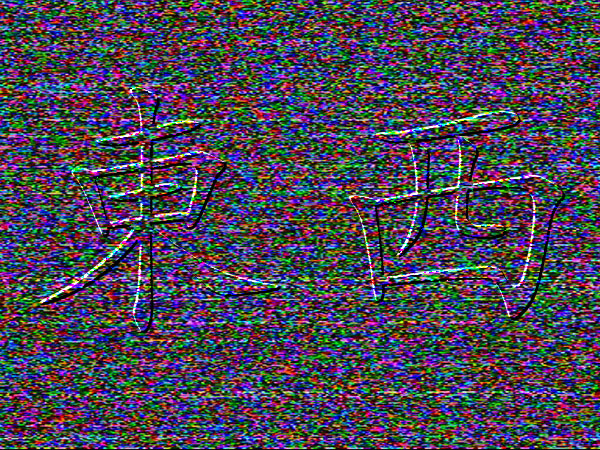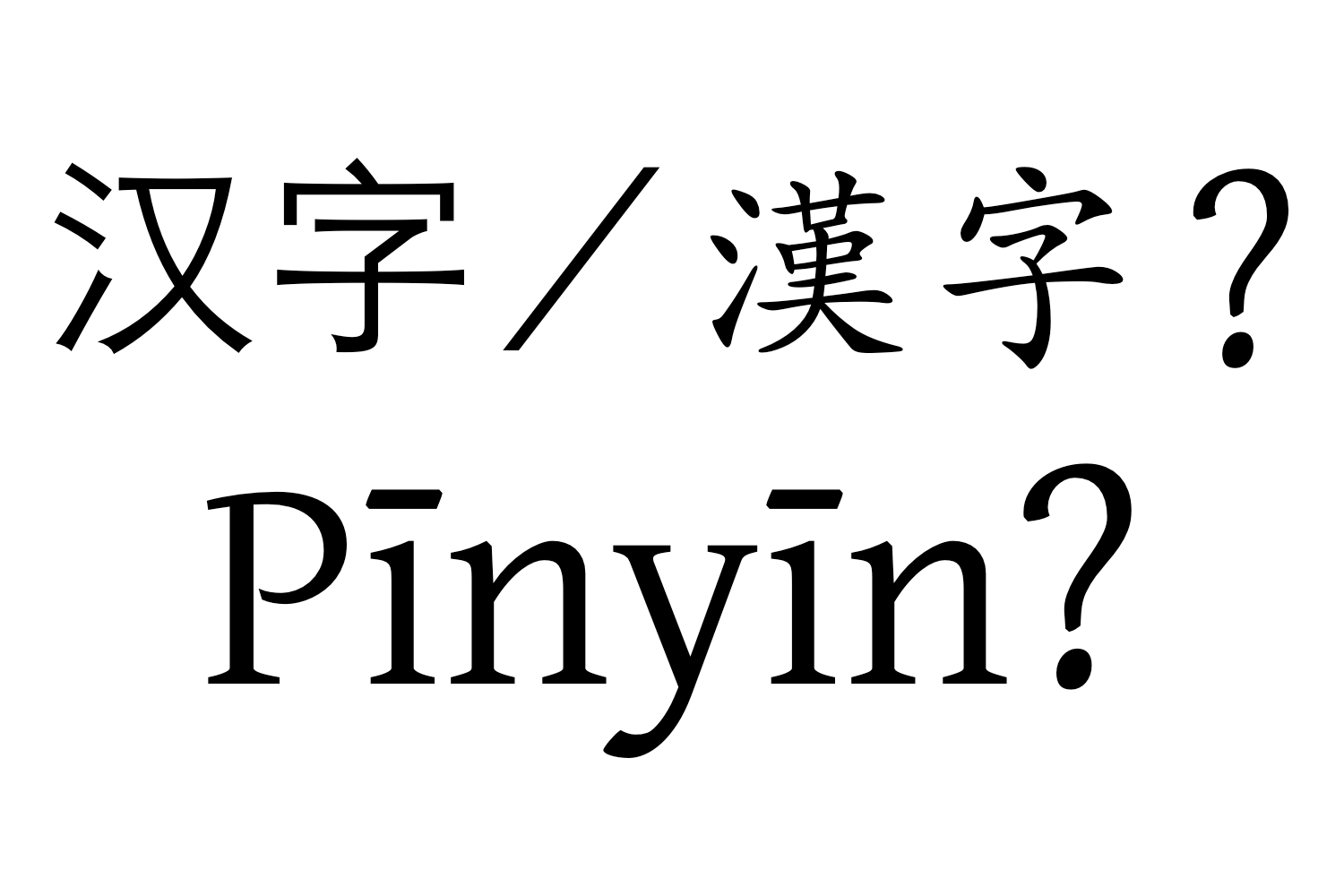Dōng (East 东 東)‐Xī (West 西) ← Tap/click to show/hide the “flashcard”
The MEotW post on “hūxī (hū·xī {breathing out}; exhaling · {breathing in}; inhaling → [breathing] 呼吸)”, from about a year ago, includes the following passage:
Rudyard Kipling’s poem “The Ballad of East and West” begins with these lines:
Oh, East is East, and West is West, and never the twain shall meet,
Till Earth and Sky stand presently at God’s great Judgment Seat;
But there is neither East nor West, Border, nor Breed, nor Birth,
When two strong men stand face to face, though they come from the ends of the earth!The first line quoted above is often referred to in order to emphasize how the gap between East and West can seem insurmountable. (By the way, “twain” is an archaic term for “two”. So, “never the twain shall meet” means “never the two shall meet”.) However, there is more to the poem.
The other lines quoted above express that individuals who are spiritually strong enough to do so can overcome any differences in culture, nationality, race, class, place of birth, etc. that may happen to exist between them.
In Mandarin, one way in which East meets West is in the expression “Dōng (East 东 東)‐Xī (West 西)”, this week’s MEotW. Many find it kind of cute or funny that the expression “dōngxi (dōng·xi east · west → [thing; something] 东西 東西)”, which uses the same characters as “Dōng (East 东 東)‐Xī (West 西)” and thus literally means “east west”, is used in Mandarin to mean “thing”. However, especially in these days of significant tensions between the USA and China, for example, it’s good to also soberly consider that “Dōng (East 东 東)‐Xī (West 西)”, as in “Dōng (East 东 東)‐Xī (West 西) fāng (directions’ → [sides’] 方) guānxi (guān·xi {closings → [involvings]} · {tyings → [relatings]} → [relations] 关系 關係)” (“East-West relations”), is also a thing.
Same Characters, Different Pronunciations, etc.
First of all, let us note that although “dōngxi (dōng·xi east · west → [thing; something] 东西 東西)” and “Dōng (East 东 東)‐Xī (West 西)” are written with the same characters, they should be written differently in Pīnyīn (Pīn·yīn {Piecing Together of} · Sounds → [Pinyin] 拼音), since they have different pronunciations and different effective meanings.
Some like to say that characters are a good way to disambiguate (tell apart) the many homophones (different words that sound the same) that exist in Mandarin. (Actually, the best way to do so, which people use all the time when speaking Mandarin, is to consider the context.) However, “dōngxi (dōng·xi east · west → [thing; something] 东西 東西)”/“Dōng (East 东 東)‐Xī (West 西)” vs. “东西”/“东西” is a clear example of Pīnyīn (Pīn·yīn {Piecing Together of} · Sounds → [Pinyin] 拼音) being able, in certain situations, to work better than characters at representing different words clearly and unambiguously.
East Meeting West in the Mandarin Field
With so many publishers from the English, Spanish, etc. fields who have admirably come to help out in the Mandarin field, many occasions thus arise for East and West to meet. How should we rise to such occasions as God’s people who “are no part of the world”, with its divided East and West?—John 15:19.
Preparing this post reminded me that I had written about this topic before in the tiandi.info blog. One example is the post “ ‘To Be More Like Us’ ”. Here is a quote from it:
While the help provided by Westerners in the Chinese field is greatly beneficial and greatly appreciated, the work we are all doing in the Chinese field is, not to help Chinese people to be more like white people, but to help Chinese-speaking people to join us, Jehovah’s people, in working to be more like Jehovah wants us to be, a condition which none of us have attained to yet, regardless of our racial, ethnic, or cultural background.—Philippians 3:12, 13.
(If you need login information for the parts of tiandi.info that require it, request it by email, and include information on how you learned of tiandi.info and/or what group/cong. you are in.)
“What Nationality Are You?”
The tiandi.info post linked to in the quoted passage above, “What Do You Think Regarding Which Culture is More Godly?”, also contains many good points in this regard, such as some concerning what Scientific American called “buried prejudice”, prejudice that we may unconsciously have and act on. The comments for this post also contain some great stuff, such as this:
Since I had a number of friends from several ——- —— countries, I wanted to test my knowledge and see if my assumption was right so I asked him, “What nationality are you?”. He said proudly with a smile, “I am one of Jehovah’s Witnesses”. I said, “I mean your family name. I was just curious to know where it comes from”. He said again, “I am one of Jehovah’s Witnesses!” but this time more firmly and with no smile. I was a little taken aback at first but then I thought about it and really appreciated his answer.
It puts things in perspective. From a higher perspective that is, say, from Jehovah’s or the angels. When they look down they see either those serving Jehovah or those who are not. All the other different types of distinctions and categories here are from man, man under the influence of Satan. The most important heritage we have is our spiritual heritage.
…
I can’t say that I am completely free from the influence of the world’s views but I’m trying to view things the way this brother so boldly did. I never saw him again and have since forgotten his name but I have never forgotten his answer and what was most important to him.
No matter what foreign language field we are working in, we need to help our students to take up the “culture” of Jehovah’s Witnesses. Jehovah’s standards, views and ways of doing things are superior to any other culture of this world. That’s the best culture.
Additionally, the above-mentioned post contains this image and associated caption:

Both Eastern and Western cultures emerged from and are part of the chaos of the world alienated from God.
Although East-West relations in the world—especially China-US relations—have been becoming strained lately, we who have come out of the world can and should rise above such petty worldly contradictions and conflicts, and continue to move forward together on the narrow road to everlasting life in Jehovah God’s peaceful, united, and harmonious new world.—John 15:19; Matthew 7:13, 14; Isaiah 2:4; Revelation 21:1–5.

